Investing In Supercars

Disclaimer: The information presented in this article is for informational purposes only. It does not constitute financial or investment advice and should not be interpreted as such. Any decisions based on this information are made at your own risk, and we encourage consultation with a licensed professional before making any investment decisions. Remember, investing involves risks and past performance is not indicative of future results. By using this website, you agree to these terms and acknowledge that you will not hold the website or its authors responsible for any potential losses or damages.
Investing in supercars is akin to walking a tightrope on a gusty day. The stakes are high, and the margin for error is slim. However, for those who master the art of investing in these sleek beasts, the rewards can be substantial – both financially and emotionally.
Supercars have long been more than just machines – they represent power, speed, luxury, and exclusivity. Owning one of these automotive jewels has always been viewed as a symbol of wealth and status, but investing in them can be another matter altogether. This article explores the history of supercars, factors that affect their value, legal considerations investors should keep in mind when purchasing them at auctions or sales events while also delving into the potential risks and challenges involved in this type of investment.
Understanding the Appeal of Supercars
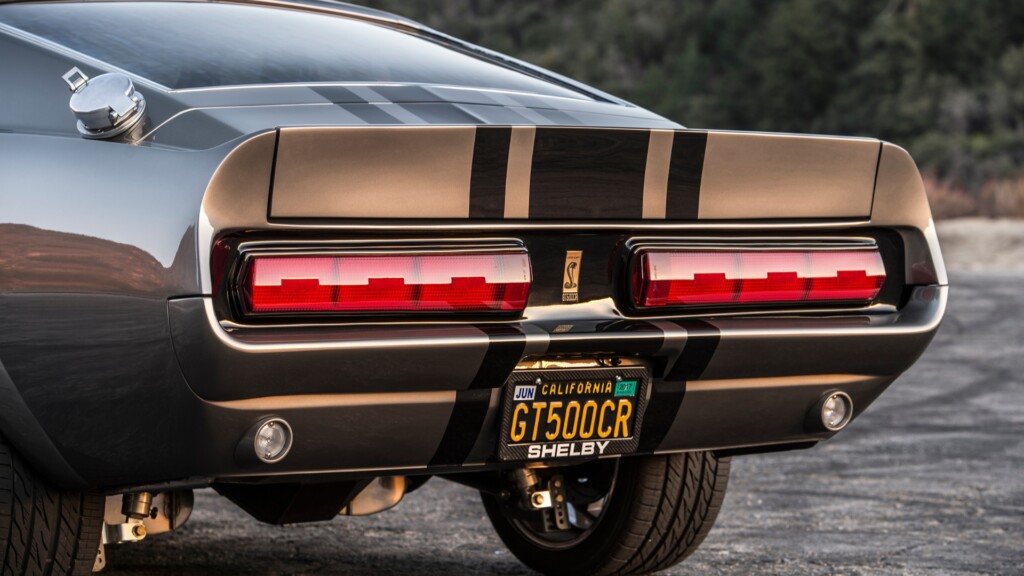
The appeal of high-performance sports cars is rooted in their exceptional engineering, advanced technology, and the unique sensory experience they offer to drivers. Supercars are not only mechanical marvels but also symbols of luxury and status. They represent a lifestyle of extravagance and exclusivity that many people aspire to achieve.
Supercar owners often have an emotional connection to their vehicles. These cars are not just objects; they become part of the owner’s identity. The feeling of power and freedom that comes with driving a supercar is unmatched by any other vehicle. The adrenaline rush can be addictive, leading many enthusiasts to invest significant amounts in these automobiles.
Investing in supercars has become a popular trend among wealthy individuals who seek alternative investment opportunities outside traditional markets such as stocks or real estate. In addition to being a status symbol, owning a rare or limited-edition supercar can also provide substantial financial returns over time. As demand for these vehicles increases, so does their value on the market.
Understanding the appeal of supercars is crucial for anyone considering investing in them. From their luxurious lifestyle implications to the emotional connections formed between driver and machine, there are numerous reasons why people are willing to spend millions on these vehicles. However, before delving into the investment aspect of supercars, it is essential first to understand their history and evolution over time.
The History of Supercars

This section explores the evolutionary timeline of high-performance sports cars, from their early beginnings in the mid-20th century to their modern-day status as symbols of automotive engineering excellence. Supercars started gaining popularity in the 1950s and 1960s when manufacturers such as Ferrari, Lamborghini, and Porsche began creating vehicles with lightweight bodies, powerful engines, and aerodynamic designs. These iconic designs set the stage for supercars that followed by establishing a standard for performance, design aesthetics, and driving experience.
1. The 1970s saw supercars become more accessible to the average person. The introduction of models such as the Porsche 911 Turbo allowed more people to experience speed and luxury at a lower price point.
2. In the 1980s and 1990s, manufacturers began using new technologies such as turbocharging and all-wheel drive systems to improve performance even further. This led to some of the most iconic supercars ever produced including the Ferrari F40 and McLaren F1.
3. In recent years, hybrid technology has been utilized in supercar design leading to higher levels of power output while improving fuel efficiency at the same time. Models such as the LaFerrari and Porsche 918 Spyder represent this trend towards sustainability while still maintaining high levels of performance.
4. With technological advancements continuing at an unprecedented pace it is exciting to think about what future iterations of supercars will look like.
The history of supercars shows how they have evolved over time into machines that embody both form and function in perfect harmony. As manufacturing techniques continue improving it is clear that we are not done seeing innovation within this segment yet – with many exciting developments on the horizon that will only serve to increase our appreciation for these amazing vehicles even further.
Transitioning into our next topic on factors affecting supercar value – it’s important to understand how historical context plays a role in determining which models hold significant value over time.
Factors that Affect Supercar Value

Examining the various factors that contribute to the value of high-performance sports cars provides insight into how historical and market trends intertwine to determine which models hold enduring worth. Two primary factors affecting supercar value are depreciation and market demand. Supercars, like any other car, experience depreciation over time as they age and become outdated. However, unlike regular cars, which depreciate gradually over several years, supercars often experience a sharp drop in value within just a few months of purchase due to their exclusivity and limited production runs.
Market demand is another significant factor that affects supercar values. The more people want a particular model or brand, the higher its price will be on the market. In contrast, if there’s little interest in a car model or brand, its value may plummet significantly over time. Therefore, it’s essential to consider not only current trends but also future prospects when investing in supercars.
When compared to other luxury investments such as art and wine, investing in supercars has some similarities regarding their potential for high returns yet with some notable differences as well. Like art pieces or bottles of wine from exclusive vineyards that increase in rarity over time, rare and limited edition supercar models can appreciate significantly in value due to their exclusivity alone. However, unlike art and wine collections where there is no inherent use except aesthetic pleasure or consumption respectively; owning a supercar offers more than just appreciation potential; drivers can enjoy driving these marvels of engineering while still earning potentially significant returns on investment.
In conclusion, understanding the various factors affecting supercar values is crucial when making informed investment decisions in this asset class. While depreciation remains an inevitable factor for all cars irrespective of their make or model; market demand remains one crucial determinant that investors should always keep an eye on while making investment decisions involving high-performance automobiles such as SuperCars. This understanding makes it possible for investors to identify undervalued models with potential appreciation prospects while avoiding expensive models with declining value. The next section will delve deeper into the role of rarity and exclusivity in supercar investment decisions.
Rarity and Exclusivity of Supercars

What role does the rarity and exclusivity of high-performance sports cars play in determining their enduring worth, and how does this factor into investment decisions? Rarity is a key factor that can significantly affect the value of a supercar. Rare supercar models are often highly sought after by collectors due to their limited production runs, making them more valuable than mass-produced vehicles. Exclusivity vs. mass production has become an important consideration for investors looking to add a rare supercar to their portfolio.
The scarcity of certain models increases demand among collectors, which in turn drives up prices over time. The most exclusive supercars are often hand-built with meticulous attention to detail, making them unique and highly desirable among enthusiasts. These factors contribute to the long-term appreciation of rare supercars as investments.
Investors seeking exclusivity may also consider purchasing limited edition or one-off bespoke models from manufacturers such as Ferrari or Bugatti. These vehicles command top dollar due to their unique features and exceptional craftsmanship. Additionally, some investors may seek out classic or vintage models that have become increasingly scarce over time.
With these points in mind, it’s clear that rarity and exclusivity are significant factors when considering investing in a high-performance sports car. However, there are other factors at play when deciding whether to collect or invest in these vehicles. In the next section, we will explore the differences between collecting and investing in supercars and provide guidance on how best to approach each strategy for maximum returns.
Collecting vs. Investing in Supercars

When considering the acquisition of high-performance sports cars, it is important to understand the distinction between collecting and investing, as each approach has its own unique set of considerations and potential for returns. Collectors are usually more interested in owning unique vehicles than driving them. These individuals often have a personal connection with their cars and are likely to keep them in pristine condition, storing them away safely. In contrast, investors tend to be more focused on the financial aspect of supercar ownership. They may purchase a vehicle with an eye towards reselling it at a profit or holding onto it long enough for its value to appreciate.
One factor that distinguishes collectors from investors is their motivation for acquiring these high-end vehicles. Collectors may simply enjoy owning rare items and derive satisfaction from their collection’s exclusivity. On the other hand, investors see these cars primarily as assets that can generate significant returns over time. While both groups may recognize the prestige associated with owning supercars, they approach ownership from different angles.
Another consideration when deciding between collecting or investing is how much money one can afford to invest upfront versus over time. Collecting requires substantial capital upfront as rare models command top dollar prices at auctions. Investors who cannot afford such high initial costs may opt for more affordable models or focus on leasing instead of purchasing outright.
In conclusion, while both collecting and investing in supercars offer potential rewards, they require different approaches and have distinct risks associated with them. Those who choose to collect should do so out of passion rather than purely financial gain while investors must carefully consider factors like resale value before making a purchase decision. The next section will explore another option available to those interested in supercar ownership: fractional ownership and leasing strategies which provide access without necessarily requiring full ownership expenses upfront.
Fractional Ownership and Leasing

Fractional ownership and leasing strategies offer alternative methods for accessing high-performance sports cars without the need for full ownership expenses upfront, providing individuals with more flexibility when it comes to acquiring coveted vehicles. Fractional ownership allows a group of investors to collectively own a single vehicle, splitting all costs associated with owning and maintaining the car. Leasing, on the other hand, provides an opportunity for individuals to rent a supercar for a specific period at a cost that is often lower than purchasing one outright.
One of the main advantages of fractional ownership is that it allows individuals who cannot afford a supercar’s full price tag to invest in one. By sharing ownership with others, clients can enjoy driving and using their dream car without bearing all of the costs associated with owning them alone. Additionally, fractional ownership offers increased flexibility compared to traditional full ownership models since members are not responsible for maintenance or storage fees.
Leasing also has several advantages over buying outright; however, there are potential drawbacks as well. For example, leasing typically requires less upfront capital than purchasing outright since clients only have to pay monthly installments instead of paying in full upfront. Additionally, lease contracts usually include maintenance and insurance costs within their terms so that customers do not have to bear those expenses themselves. However, leases may come with mileage limits and require customers always to keep their vehicles in good condition or face additional charges at the end of the term.
In conclusion, while both fractional ownership and leasing offer unique benefits over traditional full-ownership models for acquiring high-performance sports cars like supercars, they also come with potential disadvantages such as restrictions on usage or limited access based on availability. Market trends suggest that these strategies will continue growing in popularity as more people seek ways to experience luxury automobiles without bearing all associated costs alone while still enjoying some level of control over how they use these assets moving forward into 2021. The role of maintenance and storage facilities remains critical regardless of which strategy chosen, so it is essential to partner with a reputable provider that can ensure the car’s safety and longevity.
The Role of Maintenance and Storage
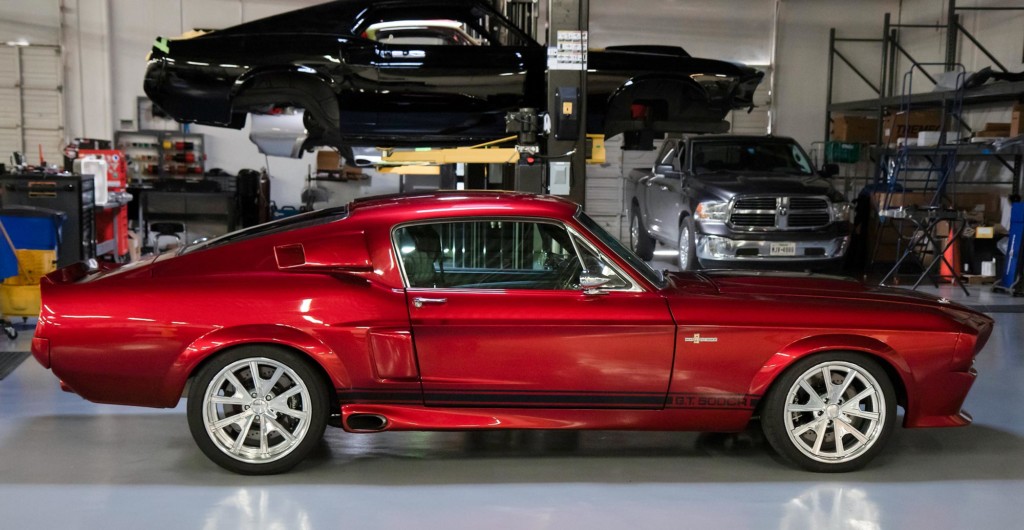
Proper maintenance and secure storage are crucial components of owning a supercar, particularly when considering investing in one. The impact of wear and tear on these high-end vehicles can significantly affect their value and resale potential. Maintaining a supercar requires specialized knowledge, expertise, and access to high-quality parts. Additionally, storing it securely is essential to preserving its condition.
One of the most significant factors in maintaining a supercar is regular servicing by qualified professionals who understand the complex engineering behind them. These professionals can identify potential issues before they become more severe and costly to repair. Proper maintenance also involves using only the highest quality parts that meet or exceed manufacturers’ standards to ensure optimal performance over time.
The importance of secure storage cannot be overstated when investing in a supercar. Factors such as extreme weather conditions, theft, vandalism, or accidental damage can all have devastating effects on the vehicle’s value if not stored correctly. Super car enthusiasts often opt for climate-controlled storage facilities with advanced security systems to protect their investments from external harm.
In conclusion, proper maintenance and secure storage are critical considerations for anyone looking to invest in a supercar successfully. It is essential to work with reputable professionals who specialize in servicing these vehicles and have access to genuine manufacturer parts. Additionally, choosing secure storage options with sophisticated security measures will help maintain the vehicle’s value over time. In the next section about ‘supercar investment strategies,’ we will explore various ways people invest in these coveted vehicles while mitigating risks associated with ownership costs and depreciation values.
Supercar Investment Strategies
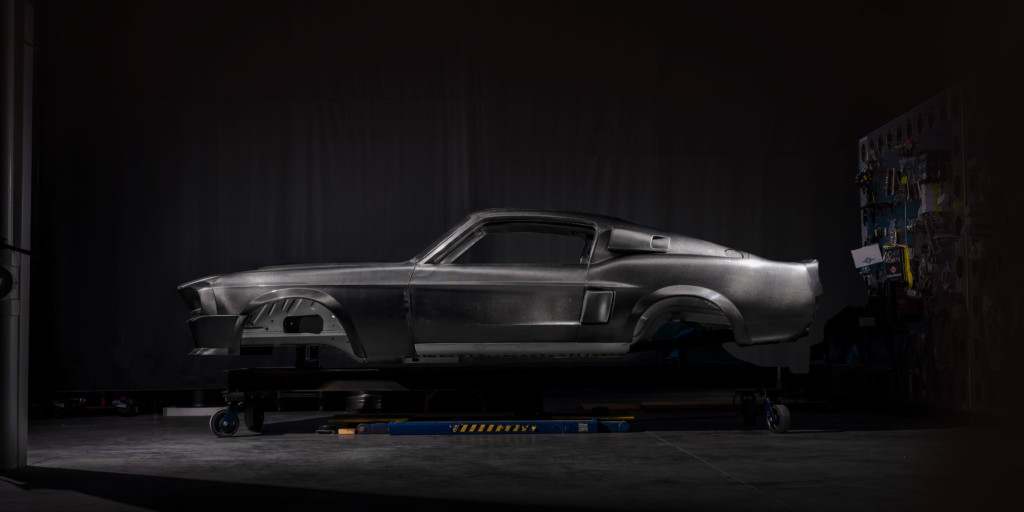
The potential for significant returns has made supercars a popular option among investors looking to diversify their portfolios, leading to the development of various investment strategies that aim to maximize profits while minimizing risks. One such strategy is buying pre-owned supercars with low mileage and in excellent condition. Since new supercars depreciate rapidly, purchasing a well-maintained used model could result in savings of up to 30% off the original price. By choosing models with limited production runs or those that have won major awards, investors can increase their chances of significant appreciation over time.
Another strategy is investing in rare or limited-edition models directly from manufacturers or authorized dealerships. These cars are often sold at a premium due to their exclusivity, but they also hold greater potential for appreciation over time as their rarity increases. Investors may also consider investing in classic supercars, which have already demonstrated long-term value appreciation and may continue to do so.
Finally, it is important for investors to be aware of the costs involved in maintaining and storing these vehicles as part of their overall investment portfolio diversification plan. This includes regular maintenance by certified mechanics and secure storage facilities equipped with climate control and security systems.
– Investing in supercars requires passion and knowledge about the industry.
– Purchasing rare or limited-edition models offers greater potential for appreciation over time.
– Classic supercars have already demonstrated long-term value appreciation.
– High maintenance costs must be considered when including supercars in an investment portfolio.
Investing in supercars can offer potentially high returns on investment but requires careful consideration and planning. By understanding the factors that influence depreciation rates, identifying models with high potential for value appreciation, and accounting for ongoing maintenance costs, investors can maximize the profitability of their investments while mitigating associated risks. In the subsequent section about auctions and sales, we will explore additional strategies that can help investors make informed decisions when buying or selling their collectible automobiles.
Auctions and Sales
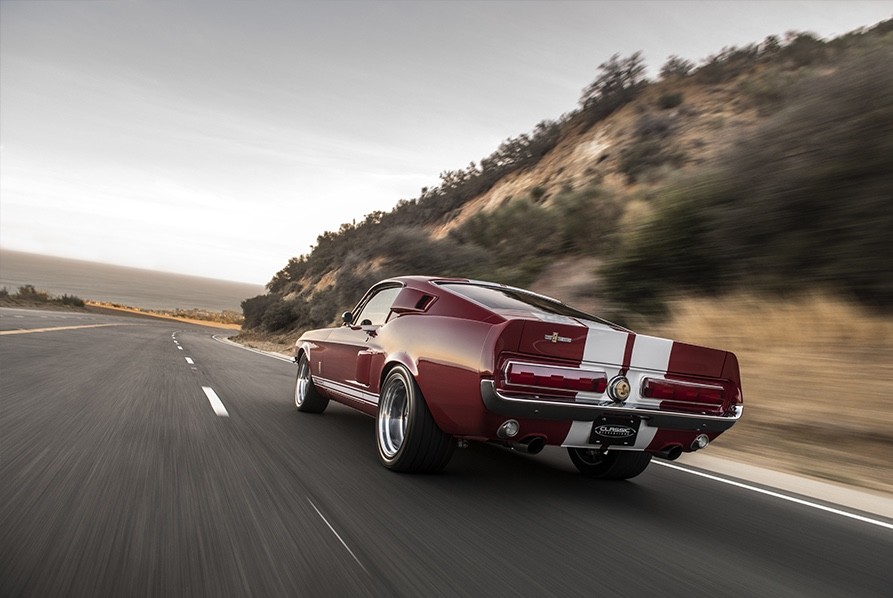
Auctions vs. Dealerships and International Market Opportunities are two important considerations for individuals who want to invest in supercars. One option is to purchase a car through an auction, which can provide access to unique and rare vehicles that may not be available elsewhere. However, this approach also has its drawbacks, including the possibility of overpaying for a car or ending up with a vehicle that requires significant repairs. On the other hand, purchasing from a dealership allows investors to take advantage of warranties and other protections, but it may also limit access to certain types of cars.
Another important factor when investing in supercars is the international market. While many investors focus on buying cars within their own country, there are opportunities to purchase vehicles from around the world. For example, some countries may have lower prices or more lenient regulations regarding import/export than others. Additionally, investing in foreign markets can provide access to unique models that are not commonly found in domestic markets.
When considering auctions or sales as investment strategies for supercars, it is essential to do thorough research before making any purchases. This includes researching current market trends and understanding what factors contribute to a vehicle’s value. Investors should also consider working with experienced professionals such as appraisers and mechanics who can help assess potential purchases.
As with any investment opportunity, there are risks and challenges associated with investing in supercars. Some potential issues include fluctuations in market demand and values, unexpected maintenance costs or repair bills, and difficulties finding buyers when it comes time to sell the car. However, by carefully evaluating each potential investment opportunity and staying informed about industry trends and developments, savvy investors can minimize risks while maximizing returns on their investments.
Risks and Challenges of Supercar Investing
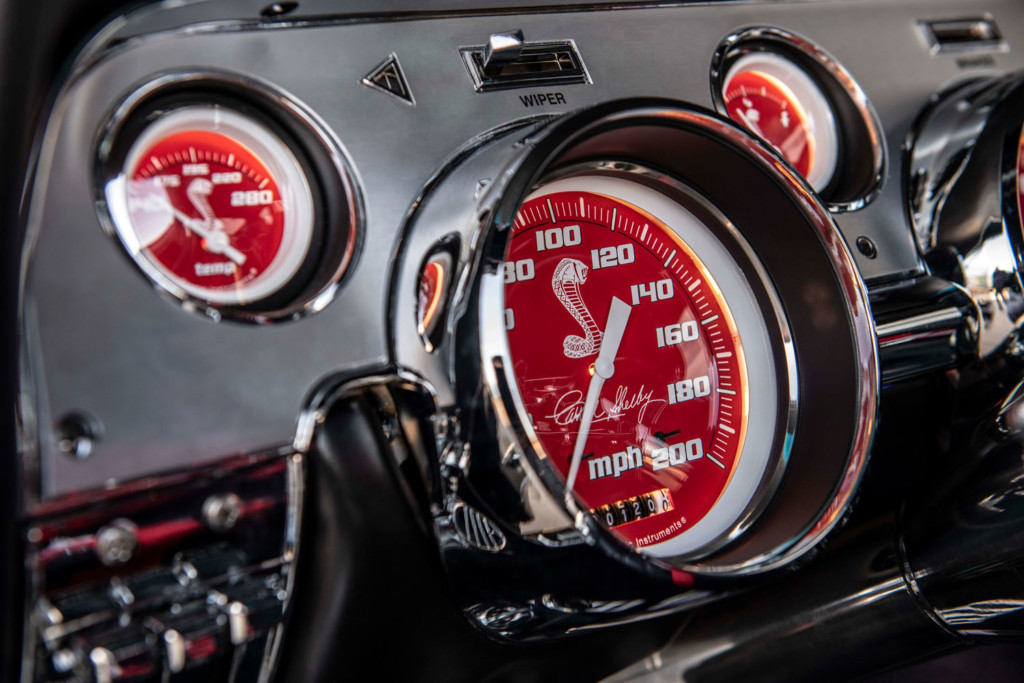
Investors in the luxury automobile market face a multitude of obstacles, including unpredictable fluctuations in demand and value, costly maintenance fees and repair expenses, and the challenge of finding suitable buyers for their high-end vehicles. While investing in supercars can be highly rewarding, it is important to recognize the potential risks involved. One way to mitigate risks is by seeking expert advice from professionals who are experienced in this industry.
In addition to fluctuating market conditions, another significant risk factor involved in supercar investing is the possibility of damage or theft. As these cars are highly valuable and often attract attention from car enthusiasts and thieves alike, it is crucial to take necessary precautions such as installing security systems or storing them in safe locations. Proper insurance coverage should also be obtained to protect against any unforeseen events.
Another challenge that investors may encounter when investing in supercars is finding suitable buyers for their vehicles. High-end cars have a limited customer base, which means that it may take longer to find interested buyers compared with more mainstream vehicles. This could result in extended holding periods that can increase costs associated with storage and maintenance.
Despite its challenges, investing in supercars can be lucrative if approached correctly. Investors need to perform extensive research on the make and model of the vehicle they wish to purchase before making any investment decisions. It is also essential to have a thorough understanding of legal considerations related to ownership transfer, documentation requirements, taxes payable on sale profits among other things. Understanding these factors will help investors navigate through any obstacle encountered along the way towards achieving success within this industry.
Legal Considerations
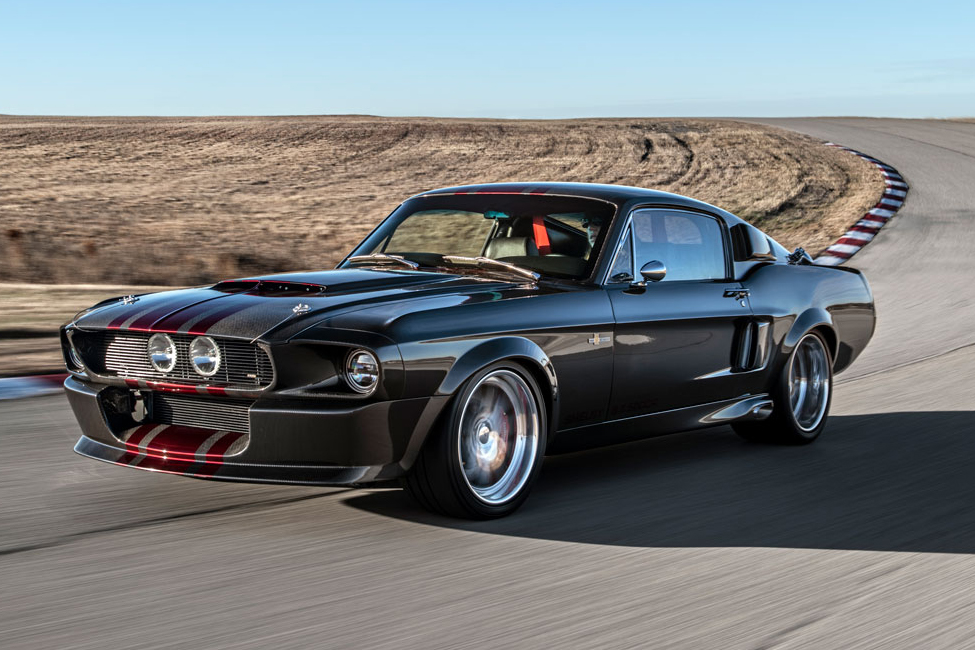
Legal considerations play a crucial role in safeguarding the interests of parties involved in owning, transferring, or selling high-end luxury automobiles. As an investor in supercars, it is essential to understand the tax implications that come with ownership. In most countries, taxes are levied on the purchase price and annual registration fees based on the car’s value. Additionally, for those who wish to sell their cars at some point, capital gains tax may apply.
Aside from tax concerns, insurance requirements are another legal consideration when investing in supercars. Given these vehicles’ high values and performance capabilities, insurance providers require specific coverage policies that are different from standard car insurance policies. These policies must provide adequate protection against theft or damage to the vehicle during transportation or storage.
Moreover, given that supercars are often bought and sold across international borders by collectors and investors worldwide, it is vital to have a deep understanding of import/export regulations governing these vehicles. These regulations vary depending on each country’s laws and can result in additional costs such as customs duties and tariffs.
In conclusion, when investing in supercars, it is critical to account for various legal considerations such as tax implications upon acquisition or sale of the vehicle; adequate insurance requirements; and compliance with import/export regulations within specific jurisdictions. By ensuring compliance with all applicable legal requirements related to supercar investments globally will enable investors to protect their investment while minimizing potential liabilities associated with non-compliance with legal obligations. Such knowledge will become even more valuable as future trends emerge in this exciting area of investment opportunities.
Future Trends in Supercar Investing

As the automotive industry continues to evolve, advancements in technology are leading to the rise of electric vehicles. The global electric car market is projected to grow at a CAGR of 22.6% between 2020 and 2027, potentially impacting the future value of high-end luxury automobiles. This trend towards eco-friendly transportation has led many investors to question whether investing in supercars remains a viable strategy. However, some experts predict that the demand for high-performance gas-powered vehicles will continue to remain strong among collectors and enthusiasts.
1. One factor that may contribute to the continued popularity of supercars is the emergence of new markets, particularly in Asia and the Middle East. These regions have seen significant growth in their economies over recent years, leading to an increase in wealth creation and disposable incomes. As a result, there has been a surge in demand for luxury goods such as yachts, private jets, and expensive cars.
2. Another factor that could influence future trends in supercar investing is environmental impact. Governments around the world are implementing stricter regulations on vehicle emissions aimed at reducing carbon footprints and mitigating climate change effects. This move towards cleaner transportation options could lead to more stringent regulations on gas-powered vehicles or even phase them out entirely.
3. Nonetheless, automakers continue to invest heavily in research and development of gasoline engines with improved fuel efficiency without compromising performance capabilities. Supercar manufacturers such as Ferrari and Lamborghini have already started producing hybrid models that combine traditional internal combustion engines with electric motors powered by lithium-ion batteries.
In conclusion, while advancements in technology may disrupt certain industries like traditional gasoline engine production lines or heavy-emitting industries like coal mining; it is unlikely that they will drastically affect investment returns associated with luxury assets like supercars anytime soon due to emerging markets’ growth potential and ongoing advances made by manufacturers toward greener technologies combined with robust collector’s market demand from enthusiasts worldwide who appreciate these vehicles’ history or rarity. However, investors should remain vigilant in their research and analysis of emerging trends and regulations that could impact the asset’s future value.
Frequently Asked Questions

Are there any regulations on owning and driving supercars?
Licensing requirements and insurance policies are important regulations to consider when owning and driving supercars. Depending on the country or state, licenses may be required for high-performance vehicles that exceed certain horsepower limits. Additionally, insurance policies for these cars tend to be much higher than average due to their high value and performance capabilities. Owners should also be aware of any local regulations regarding noise pollution or emissions, as supercars can sometimes exceed legal limits. It is crucial to research and understand all applicable regulations before investing in a supercar to ensure compliance with legal requirements.
How do you determine the authenticity of a supercar before investing in it?
Determining the authenticity of a supercar requires an extensive inspection process and expert appraisal. This involves thorough examination of the car’s build, components, and documentation to ensure that it is in line with the manufacturer’s original specifications. A detailed assessment of the car’s history, such as its previous ownership, maintenance records, and accident reports are also taken into account. The inspection process may involve dismantling certain parts to verify their authenticity or comparing them with other similar models for consistency. An expert appraiser will then evaluate the overall condition of the vehicle, including its rarity, mileage, and market value to determine if it is worth investing in. The importance of this rigorous process cannot be overstated as it ensures that buyers get what they pay for while protecting them from fraudsters who sell counterfeit vehicles.
What is the average return on investment for supercars?
The average return on investment for supercars is influenced by various factors, including the make and model of the car, its rarity, condition, and mileage. Additionally, the market demand for a particular car can also affect its resale value. However, investing in supercars carries significant risks that could negatively impact returns. These risks include depreciation due to wear and tear or advancements in technology that render older models obsolete. Furthermore, market fluctuations and economic downturns can significantly decrease demand for luxury items such as supercars. Therefore, potential investors should conduct thorough research into all relevant factors before making any investment decisions regarding supercars.
How do you ensure that your supercar investment is protected from theft or damage?
When investing in high-end luxury vehicles, such as supercars, it is imperative to take measures to protect your investment from theft or damage. Insurance coverage is a critical component of this protection strategy, as it provides financial reimbursement for any losses incurred. However, insurance alone may not be sufficient to safeguard your supercar investment fully. Implementing security measures such as tracking devices, alarms, and secure storage facilities can significantly reduce the risk of theft or damage. Additionally, regular maintenance is essential to preserving the vehicle’s value and preventing potential issues that could lead to costly repairs down the line. Considering these factors alongside resale value will help ensure that your supercar investment remains protected and profitable over time.
Can supercars be used for everyday driving or are they purely for display and investment purposes?
Supercars are often considered to be vehicles that are designed for display and investment purposes. However, they can also be used for everyday driving. Despite this, there are some practicality concerns associated with using supercars as daily drivers. First and foremost, the maintenance costs of a supercar can be incredibly high due to their advanced technology and specialized parts. Additionally, the low ground clearance and stiff suspension systems may make them uncomfortable to drive on rough roads or in areas with poor infrastructure. Furthermore, these vehicles have limited storage capacity which can impact their practicality for everyday use. Despite these concerns, many enthusiasts still enjoy using their supercars on a regular basis as they provide an unparalleled driving experience that cannot be replicated by other types of cars.
Supercar Investment Conclusion
In conclusion, investing in supercars can be a lucrative opportunity for those with the means to do so. Understanding the appeal and history of these vehicles, as well as the factors that affect their value, is crucial in making informed investment decisions. The rarity and exclusivity of certain models add to their allure, but collectors must also consider the risks and challenges associated with investing in such high-value assets.
Despite potential legal considerations and fluctuations in market trends, there is no denying that superyacht investment has become increasingly popular in recent years. As technology advances and new models are released, it will be interesting to see how this niche market evolves. Ultimately, deciding whether to collect or invest in supercars requires careful consideration of individual goals and risk tolerance. As one ponders these decisions, it begs the question: what price would you pay for a piece of automotive history?
